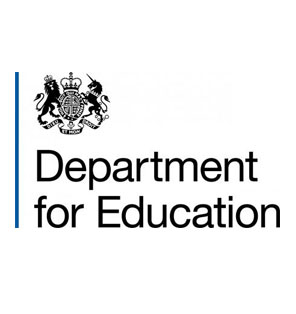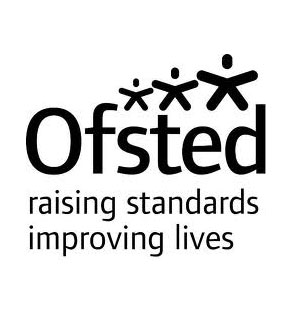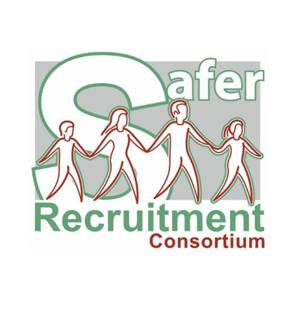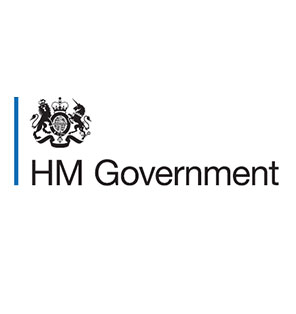
Keeping Children Safe in Education 2023: Statutory guidance for schools and colleges
Published: 1st September 2023
This is statutory guidance for schools and colleges. It contains information on what they must do and how to comply in order to keep children safe. It sets out their legal duty of what is expected when carrying out their duties to safeguard and promote the welfare of children.
Document Download -
![]() Keeping_Children_Safe_in_Education_2023.pdf
Keeping_Children_Safe_in_Education_2023.pdf

Keeping Children Safe in Education 2023: Part 1
Published: 1st September 2023
Governing bodies and proprietors should ensure that those staff who work directly with children read and understand at least Part one of this guidance. Governing bodies with their SLT/DSL should ensure that those staff who do not work directly with children read either Part one or Annex A (a condensed version of Part one) of this guidance.
Document Download -
![]() Keeping_children_safe_in_education_2023_-_part_one.pdf
Keeping_children_safe_in_education_2023_-_part_one.pdf

School Inspection Handbook
Published: September 2023, updated April 2024
Ofsted’s inspecting safeguarding has been withdrawn and all the information has now been incorporated into their Handbook for school inspection. The handbook describes the main activities carried out during graded, ungraded and urgent inspections of maintained schools and academies in England under sections 5 and 8 of the Education Act 2005, respectively. It sets out the grade descriptors that inspectors use to make their judgements and on which they report.
View Document -
![]() School inspection handbook
School inspection handbook

Guidance for safer working practice for those working with children and young people in education settings.
Published: February 2022 - Safer Recruitment Consortium
The statutory guidance, Keeping Children Safe in Education 2022 and Working Together to Safeguard Children 2018 state that, ‘all staff should be provided with a staff behaviour policy (code of conduct) as part of their induction procedures.’
This guidance provides a clear message of which behaviours constitute safe practice and which behaviours should be avoided. It may be considered as the basis of your code conduct/staff behaviour guidelines to help you meet this requirement.
The updated guidance by the Safer Recruitment Consortium, has been recommended by the DfE as providing detailed and practical advice to schools and colleges as reflected in the forward by Edward Timpson – Minister for Children and Families.
Document Download -
![]() GSWP_Feb_2022.pdf
GSWP_Feb_2022.pdf

Working Together to Safeguard Children 2023 – A guide to multi-agency working to help, protect and promote the welfare of children
Published: December 2023
This revision to the guidance focuses on strengthening multi-agency working across the whole system of help, support and protection for children and their families, keeping a child-centred approach while bringing a whole-family focus, and embedding strong, effective, and consistent multi-agency child protection practice.
Document Download -
![]() Working_together_to_safeguard_children_2023_-_statutory_guidance.pdf
Working_together_to_safeguard_children_2023_-_statutory_guidance.pdf

Information Sharing Guidance – Advice for Safeguarding practitioners providing safeguarding services for children, young people, parents and carers May 2024
Published: April 2024, Updated May 2024
This advice is for:
- individuals who are directly involved in safeguarding children, including frontline practitioners, managers and senior leaders
- individuals and organisations that work with children, parents, carers and families, in sectors such as social care, education, health, justice and voluntary
It may also be helpful for practitioners working with vulnerable adults and adults who could pose a risk to children.
This advice outlines the importance of sharing information about children, young people and their families in order to safeguard children. It should be read alongside the statutory guidance Working together to safeguard children 2023.
This advice focuses on the legal framework and how it supports information sharing for the purposes of safeguarding children from abuse and neglect. It does not detail the additional professional responsibilities that might apply for different practitioners.
Document Download -
![]() Info_sharing_advice_content_May_2024.pdf
Info_sharing_advice_content_May_2024.pdf

What to do if you’re worried a child is being abused – Advice for practitioners
Published: March 2015 - HM Government
This non-statutory advice and has been produced to help practitioners identify child abuse and neglect and take appropriate action in response. This advice replaces the previous version of What to do if you’re worried a child is being abused, published in 2006, and complements Working Together to Safeguard Children (2015) statutory guidance.
‘Practitioners are in a unique position to be able to observe signs of abuse or neglect, or changes in behaviour which may indicate a child may be being abused or neglected. The guidance reiterates that you should make sure that you are alert to the signs of abuse and neglect, that you question the behaviour of children and parents/carers and don’t necessarily take what you are told at face value. You should make sure you know where to turn to if you need to ask for help, and that you refer to children’s social care or to the police, if you suspect that a child is at risk of harm or is immediate danger.’
The guidance emphasises the importance of understanding and working within the local multi-agency safeguarding arrangements that are in place in your area.
Document Download -
![]() What_to_do_if_you_re_worried_a_child_is_being_abused_March_2015.pdf
What_to_do_if_you_re_worried_a_child_is_being_abused_March_2015.pdf
